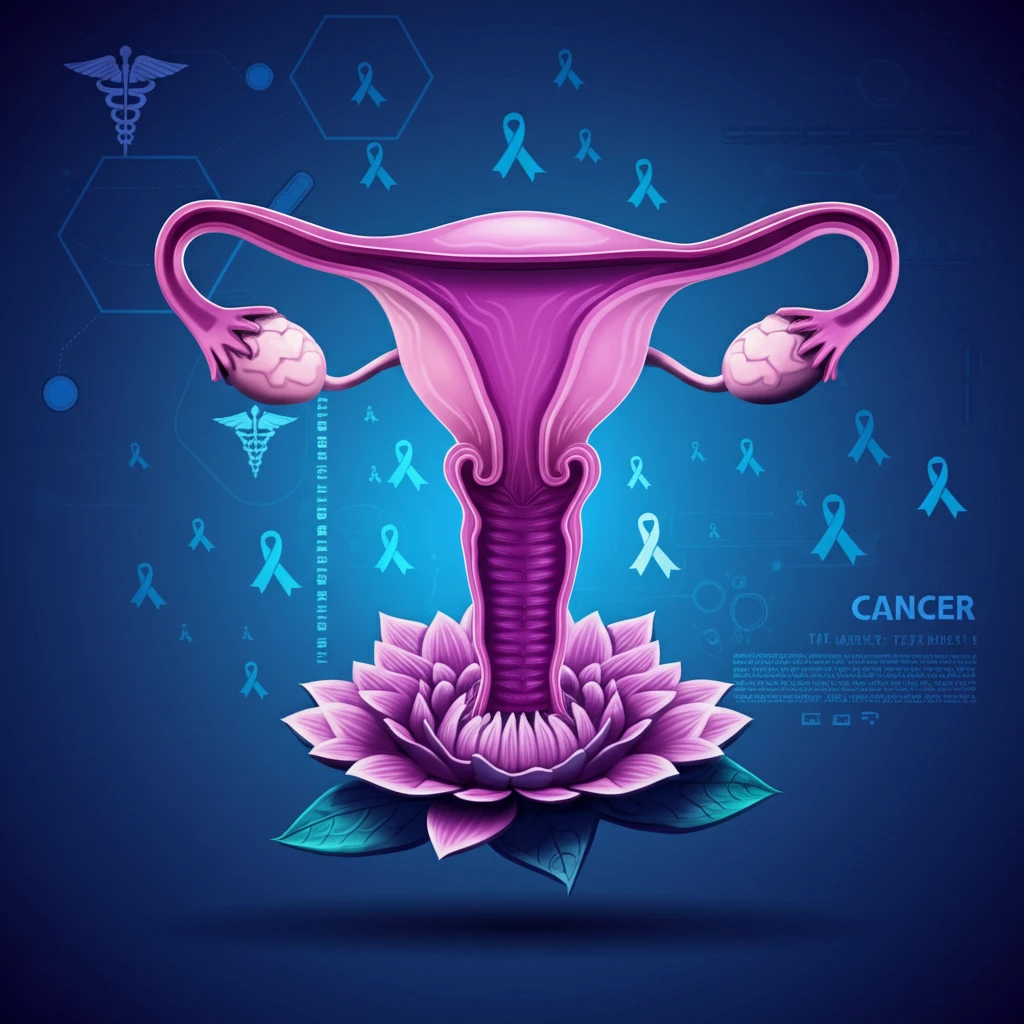
Decoding Endometrial Carcinoma: A Comprehensive Guide to Understanding, Classifying, and Managing Uterine Cancer
"From Risk Factors to Advanced Treatments: Empowering Women with the Latest Insights on Endometrial Health"
Endometrial carcinoma, a type of cancer that begins in the uterus, ranks as the fourth most common cancer affecting American women. It's the most prevalent malignancy of the female genital tract, underscoring the critical need for comprehensive understanding and proactive management.
This isn’t just one disease; it’s a diverse group of tumors that differ vastly in their origins, behavior, and how they respond to treatment. With about 54,644 new cases emerging and 10,096 deaths reported in the United States alone in 2015, getting to grips with this complex condition is more important than ever.
In this comprehensive guide, we aim to demystify endometrial carcinoma, breaking down everything from classification and grading to cutting-edge treatments and risk management. Whether you’re a patient, a family member, or simply seeking to expand your knowledge, this resource will empower you with the insights needed to navigate the complexities of endometrial health.
What is Endometrial Carcinoma and Why Does Classification Matter?

Endometrial carcinoma arises when cells in the inner lining of the uterus (the endometrium) begin to grow uncontrollably. Early diagnosis is often linked to high survival rates, emphasizing the importance of regular check-ups and awareness of potential symptoms.
- Predict how the cancer might behave.
- Determine the most appropriate treatment strategy.
- Understand the patient's prognosis more accurately.
- Facilitate research and collaboration among healthcare professionals.
Empowering Yourself with Knowledge
Endometrial carcinoma is a complex but increasingly manageable condition. Armed with the knowledge of its types, grades, and the latest treatment options, women can take proactive steps towards better health outcomes. Stay informed, stay vigilant, and always advocate for your well-being in partnership with your healthcare team.
